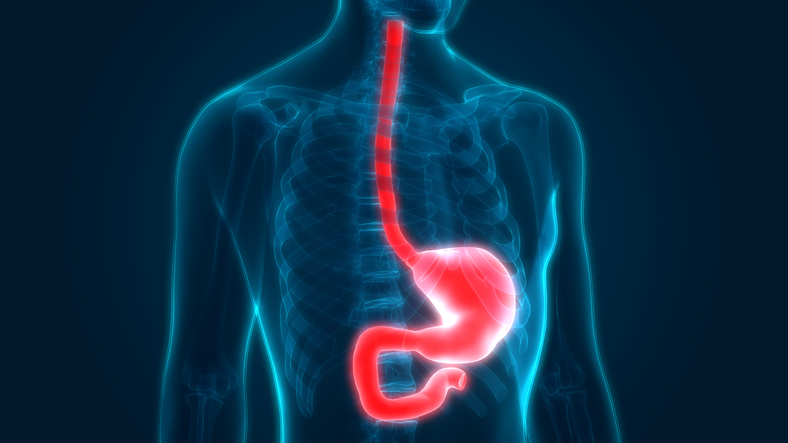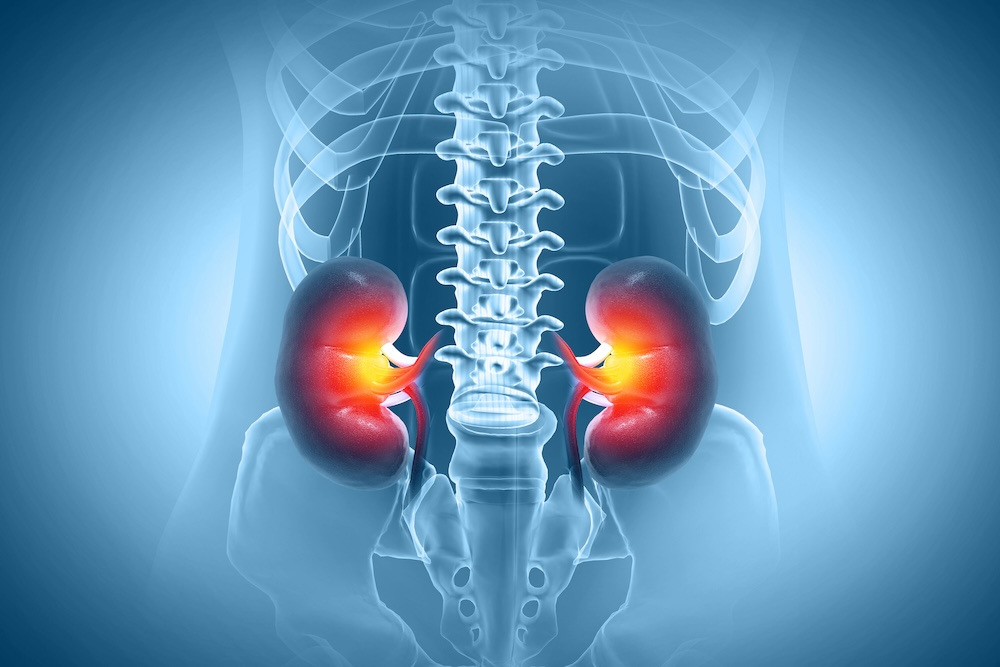
Neural signaling to the dorsal hippocampus encodes certain memories as negative or positive, guiding behavior away from threat or toward reward, according to a recent Northwestern Medicine study published in Nature Communications.
The investigators found that abnormal function in circuits providing such signaling could have consequences, including persistent fear or drug seeking behavior, especially in women. This may in turn contribute to women’s heightened vulnerability to anxiety disorders and relapse in substance misuse disorders, according to Jelena Radulovic, MD, PhD, the Dunbar Professor in Bipolar Disease and senior author of the study.
“Our findings provide a long-sought link between deep brain nuclei, which drive behavior motivated by ongoing threat and reward, and the hippocampus, which plays a central role in memory,” said Radulovic, who is also a professor of Psychiatry and Behavioral Sciences, Pharmacology and of Physiology. “However, abnormal functioning could drive persistent fear rooted in negative memories or drug seeking behavior rooted in positive memories, which in humans contribute to anxiety disorders and opioid addiction.”
Positive and negative experiences lead to the formation of memories carrying valence, a classification of “good” or “bad,” in order to impact reward or threat avoidance behavior in the future, according to the authors. The dorsal hippocampus plays a well-established role in formation and retrieval of episodic memory — events, places and times — but the circuits that imprint valence onto these memories have remained unknown up until now.
In the current study, Radulovic and her collaborators used mouse models to track memory formation and negative valence imprinting in the brain. By staining glutamate signal transporter molecules, the investigators were able to work backwards from the dorsal hippocampus, tracing the path of this signaling to the ventral tegmental area.
Deep brain nuclei found in the ventral tegmental area continually communicate with other brain regions to trigger stress or reward responses, but these findings indicate they are more tightly involved with memory recall than previously known, according to Radulovic.
“Our findings suggest that, by also projecting to memory systems, these nuclei can simultaneously trigger memory retrieval and stress, that are typically experienced as linked events,” Radulovic said.
Abnormal function of these circuits could help drive anxiety disorders and addiction, and the overall signaling was stronger in female mice — possibly part of the reason why women are at higher risk for anxiety disorders and substance misuse disorder relapse. On the other hand, these findings also provide a framework for future therapies, according to Radulovic.
“Approaches for circuit manipulations in humans are advancing as we speak, so if enhanced activity in the VTA-hippocampus circuit is found during fear reinstatement of relapse of opioid seeking, as suggested by our findings, dampening the activity of this circuit would be expected to reduce both symptoms, especially anxiety,” Radulovic said. “We will also investigate, in the framework of the Center for Translational Pain Research, whether this circuit, by enhancing recall of painful experiences, might also contribute to chronic pain.”
This work was funded by National Institute of Mental Health grants MH108837 and MH078064, National Institute of Drug Abuse grant DA044121, National Natural Science Foundation of China grants 81471101, 81870852 and 81571069, and funding from the Querrey Simpson Institute for Bioelectronics.






